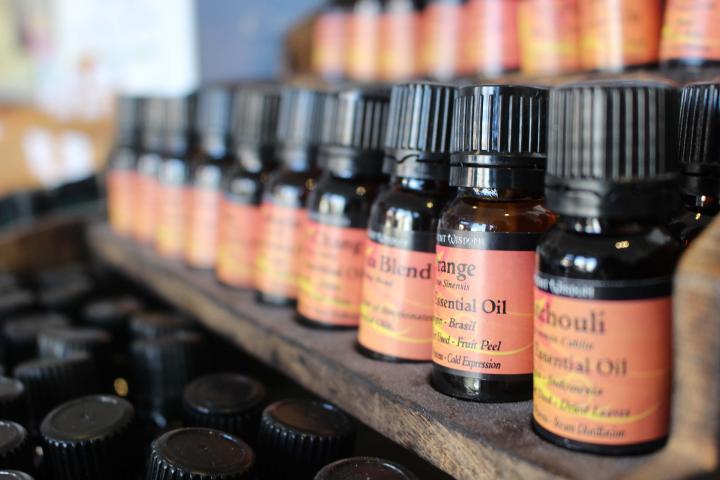
Essential Oils Benefits
ADVERTISEMENT
I am interested in buying essential oils, but I am not sure which brand's are good and which brand's aren't. Does anyone prefer one brand over the next and why?
Is is doable ? To use essential oils to create tinctures? If so, how? I'm not finding anything online.
Essential oils and tinctures extract phytocompounds from plants in different ways creating very different products, and herbalists use them differently. I'd suggest making your tinctures from fresh or dried plant materials.
My wife has had psoriasis for
Many years. Last year the psoriasis really got bad on her back and even on her scalp. We tried to use the Main Street pharmaceuticals like Otesla and all of the others and our copay would have been $1200/MONTH. not doable so wife tried essential oils frankense,germanium, rose and lavender. Look up essential oils on line for yourself. This has been nearly a miracle for easing her psoriasis as it is 99% cured. Not trying to sell anything but hopeful this might assist someone else with incurable psoriasis
Thanks for sharing this, Alton. A lot of folks turn to herbs, essential oils, and other traditional forms of medical care when conventional (allopathic) treatments fail, lead to adverse outcomes, or are simply unaffordable.
I hope you've also shared the names of each of the oils, their brand names, and your wife's regimen of treatment with her doctor, to ensure she or he has the information on file in case of an adverse reaction sometime down the line, or
When I want to try an herbal remedy, I always track down the best information I can find and bring it to my doctor, along with the label from the container. In the past, I've had bad reactions to two herbs. I wouldn't have known what caused the reactions if my doctor hadn't sought information from a colleague knowledgeable about plant medicine.
A lot of online information about essential oils may offer glowing testimonials, but not much by way of modern research, potential for harm, or even how to use an oil for best effect.
Good luck!
I have been reading about oils and have used a few in the past for various reasons but I am now wanting to begin using them for more health reasons. Where do you suggest I start and how do I know that i am buying quality oils. My son just bought an oil that cost over 100 dollars for one small bottle. Is this a reasonable price for oils? Is there something on the lable that lets you know you are getting quality products?
I had Psoriasis for 18 years or so. I just want to say that Psoriasis has a lot to do with our emotions,feelings,inner stress levels. But using something to keep the outbrakes down is ofcause good until the issues has been released. When I use homone cream from the doc.It helps,but if I stop putting it on, it comes back after 4 days. So I have to keep working on my issues. ; - ) Blessings and merry Christmas and a peaceful new year to all.









